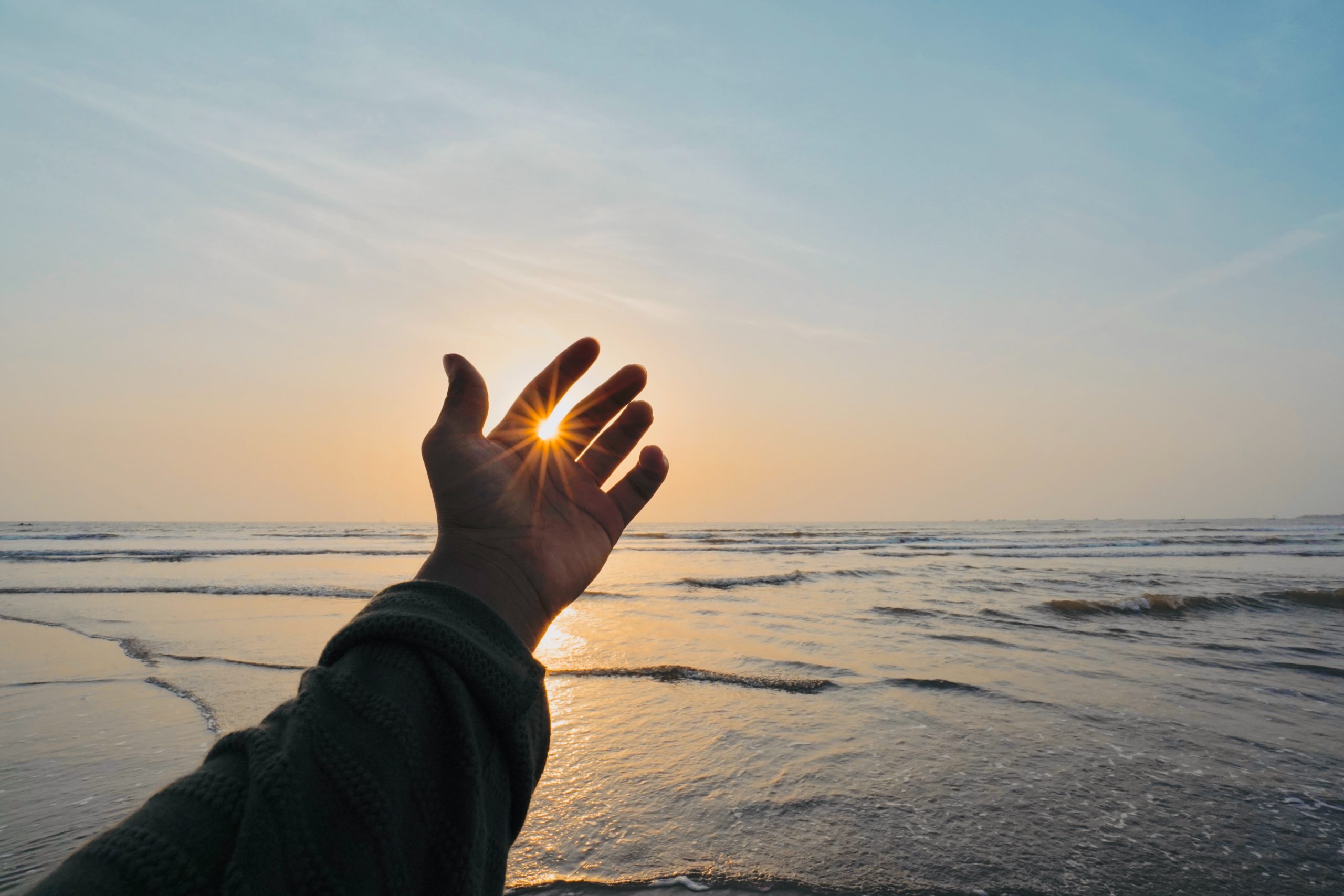Vitamin D: The Sunshine Hormone That Fights Cancer
Vitamin D, more commonly recognized as the hero for maintaining bone health, is also a ferocious enemy of cancer.
A gift from the sun, it is our exposure to natural sunlight that triggers the body’s ability to produce calcitriol, a vital steroid hormone that is associated with a reduction in the risk of cancer, heart disease, viral infections, and more.
- Low levels of vitamin D are associated with a two-fold risk of death overall (Archives of Internal Medicine)
- Vitamin D deficiency is linked to poorer outcomes in women with breast cancer (Canadian research)
- Vitamin D supplementation is associated with a 15% reduced risk of cancer mortality (British Medical Journal)
- Vitamin D supplementation to the older adult population in Germany is estimated to prevent 30,000 cancer deaths each year (Molecular Oncology)
Since nearly half of the entire world’s population does not have adequate exposure to sunlight and because an estimated 40% of U.S. residents are clinically deficient in Vitamin D, it makes sense to take some simple, inexpensive precautions to ensure our levels of this critically important nutrient are up to par.
And the first tip is to step outside your door.
Location, Location, Location
The amount of Vitamin D that our bodies can produce is keenly dependent on the latitude at which we live and the amount of sun exposure we get on a daily basis. Studies show that those who live in northern latitudes and colder climates have a higher risk of developing cancer than those who live in warmer climates and southern latitudes.
If you live north of 37 degrees latitude (anywhere north of Los Angeles, California, for example), then your ability to generate vitamin D from November to March is negligible and you should consider additional ways to obtain optimal amounts of this vital nutrient.
Here is a handy “sunshine calendar” that will help you determine if you’re living in a geographical area where sunlight is enough to promote vitamin D along with the optimum time of day for adequate exposure.
How Much Is Enough?
As I wrote in my book, I Used To Have Cancer, it takes about twenty minutes of sunlight daily to optimize your vitamin D levels. You need enough sun exposure to turn your skin a light shade of pink, which means you will produce about 20,000 units of vitamin D. Longer exposures will not necessarily produce any additional vitamin D.
If you’re over age 65, you typically produce only about one quarter of Vitamin D as younger people do. And those with dark complexions (such as African Americans) average about half as much Vitamin D in blood tests as do Caucasians.
You’ll want to expose as much of your skin as possible to the sun. And you’ll want to ditch the sunscreen when you’re outdoors getting your daily dose of Vitamin D, as it inhibits absorption of the sun’s rays. Do beware of commercial sunscreens, as many contain harmful chemicals that are directly absorbed into the skin, your body’s largest organ.
Plan your outdoor sunlight exposure from 10 am until 2 pm local time, or when your shadow is shorter than you.
Know Your Vitamin D Serum Blood Level
As with anything else, it’s important to know where your starting point is. What is your vitamin D serum level right now? Find out with a very simple blood test that your healthcare practitioner can order for you.
Vitamin D researchers recommend a serum level of 40-60 ng/ml, but your healthcare provider will be able to determine what is right for you.
Foods and Supplements
The recommended daily value (DV) of vitamin D is a minimum of 800 IU per day. If you are unable to get adequate sunlight daily whether due to your location or your circumstances (if you’re housebound, for example), your supplemental vitamin D intake should be a minimum of 1,000 IU daily.
Food sources of vitamin D include:
- Pasture-raised eggs (one egg yolk contains 37 IU of vitamin D, or 5% of the DV)
- Wild-caught salmon (contains about 988 IU of vitamin D per serving, or 124% of the DV)
- Fresh herring (provides 216 IU per 3.5-ounce serving, or 27% of the DV)
- Canned sardines (one 3.8 oz. can of sardines contains 177 IU, or 22% of the DV)
- Wild shiitake and button mushrooms (contain up to 2,300 IU per 3.5-ounce serving, nearly three times the DV)
SUPPLEMENTATION: I personally recommend 2,000 IU of Vitamin D-3 1-2x daily with meals. (You can see all my recommendations for supplements, food, and other cancer-fighting tips in Chapter 11 of my book).

References
Niedermaier, T. Gredner, S. Kuznia, et al., “Vitamin D supplementation to the older adult population in Germany has the cost-saving potential of preventing almost 30,000 cancer deaths per year,” Molecular Oncology (Feb 4, 2021). https://doi.org/10.1002/1878-0261.12924
Zhang, F. Fang, J. Tang, et al., “Association between vitamin D supplementation and mortality: systematic review and meta-analysis,” BMJ (Aug 12, 2019).
Carlberg, A. Muñoz, University of Eastern Finland, “A good vitamin D status can protect against cancer,” Science Daily (June 10, 2020); https://www.sciencedaily.com/releases/2020/06/200610102728.htm
“Enough Vitamin D may protect against some cancers,” Harvard Health (June 1, 2018); https://www.health.harvard.edu/cancer/enough-vitamin-d-may-protect-against-some-cancers
Shah, Z. Iqbal, M.G. Alharbi, et al., “Vitamin D and Gastric Cancer: A Ray of Sunshine?” Cureus (Sept 25, 2021); 13(9): e18275. doi: 10.7759/cureus.18275. https://www.cureus.com/articles/69044-vitamin-d-and-gastric-cancer-a-ray-of-sunshine
Low Vitamin D Levels and Breast Cancer Risks: https://www.breastcancer.org/risk/factors/low_vit_d.
Vitamin D and Cancer: https://publications.iarc.fr/Book-And-Report-Series/Iarc-Working-Group-Reports/Vitamin-D-And-Cancer-2008
https://www.news-medical.net/health/Vitamin-D-and-Cancer.aspx
https://www.health.harvard.edu/staying-healthy/time-for-more-vitamin-d
https://fdc.nal.usda.gov/fdc-app.html#/food-details/175168/nutrients
